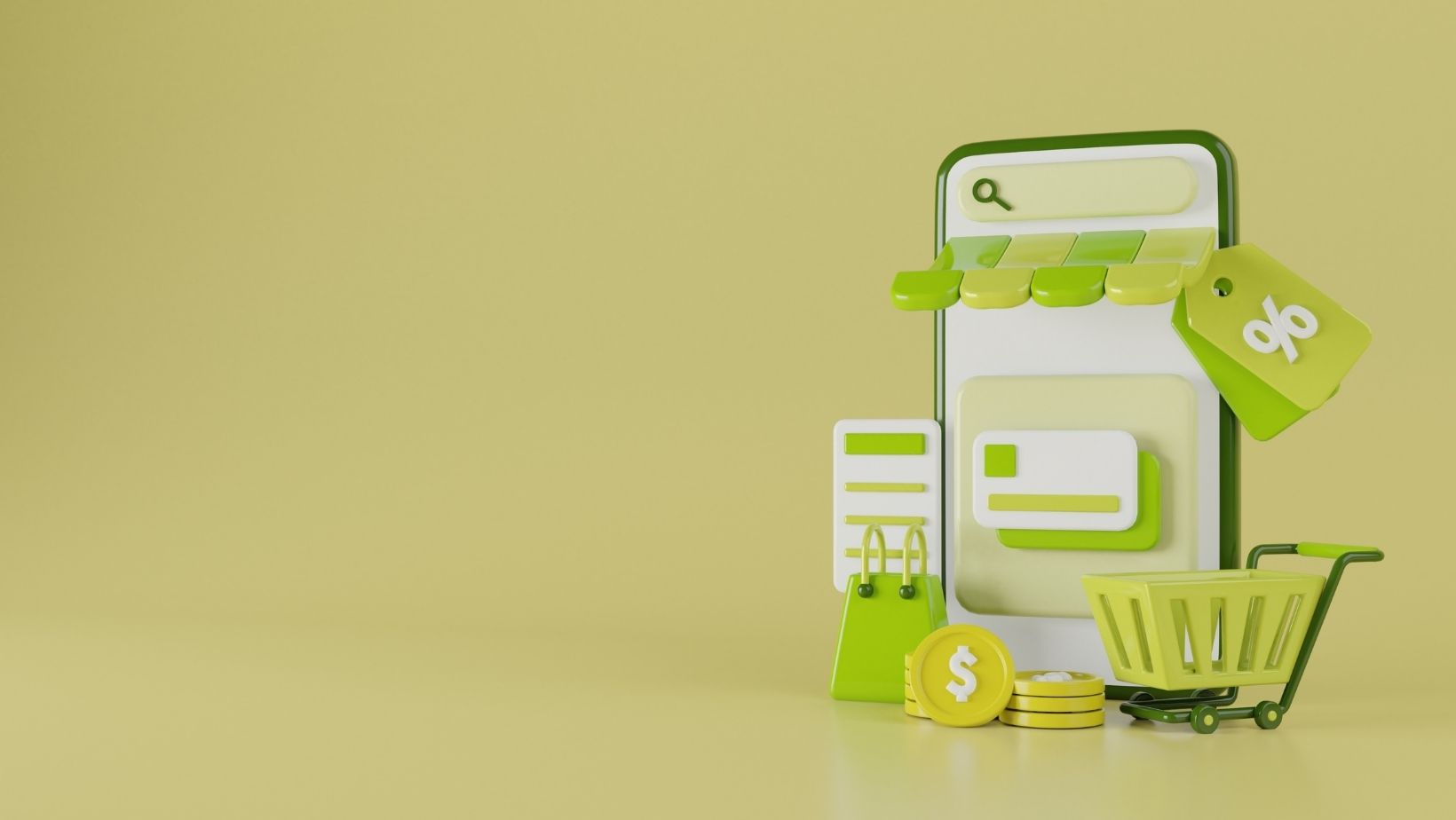Catalog ads have become a cornerstone of performance marketing for eCommerce brands. Whether on Meta, Google, or other paid media channels, dynamic product ads (DPAs) enable advertisers to serve relevant, personalized content at scale. However, the success of these campaigns depends heavily on the tools used to manage and design the creatives. Choosing the right platform can make a substantial difference in return on ad spend (ROAS), creative output, and overall efficiency.
Smartly.io is one of the more established platforms in the creative automation and campaign management space. It offers robust tools for social media advertising, including support for catalog-based campaigns. Large agencies and enterprise brands often turn to Smartly.io for its multi-platform capabilities and media buying integrations. But with this level of sophistication often comes complexity and cost. For some teams, especially performance-driven marketers or in-house eCommerce teams, Smartly.io can feel too rigid or resource-intensive.
That’s why many marketers are on the lookout for a Smartly alternative that offers more flexibility, easier implementation, and a focus on creative performance rather than just media management. Platforms like Confect, for instance, are gaining popularity for their specialized focus on dynamic product ad design and creative automation, without requiring deep technical expertise or third-party support.
Confect allows users to build visually consistent ad templates that automatically adapt based on product attributes such as price, discount, category, or inventory levels. These templates are particularly useful for eCommerce teams that want to run multiple campaigns across different audiences, languages, or seasonal promotions while maintaining a unified brand identity.
Unlike Smartly.io, which combines ad creation with media buying and broader campaign workflows, Confect is built specifically for creative automation. It empowers marketers to take full control of their visual assets and scale design output without involving a design team for every small change. Users can apply conditional rules to change creative elements dynamically such as showing a discount badge only on sale items, or highlighting low-stock products with urgency cues.
This approach helps reduce manual work while improving the relevance of each ad served, a key factor in driving higher conversion rates. It also avoids creative fatigue by continuously rotating fresh, personalized content within the same campaign framework.
When exploring a Smartly alternative, it’s important to evaluate your team’s needs. Do you require complex media buying and budget optimization across channels? If so, Smartly.io may still be the right fit. But if your primary goal is to scale high-performing creatives efficiently and stay agile in a competitive eCommerce market, a dedicated creative automation platform like Confect could be more effective and cost-efficient.
Ultimately, the right platform should align with your marketing priorities whether that’s campaign automation, creative testing, or maximizing ROAS through personalized ad design. Exploring options like Confect as a Smartly alternative is a smart move for brands looking to streamline operations while boosting the quality and performance of their catalog ads.



More Stories
How Solar Generators Are Powering the Future of Portable Energy
Benefits of Outsourcing Accounts Receivable Tasks
Leading Sports to Bet on Using Mobile Apps in India